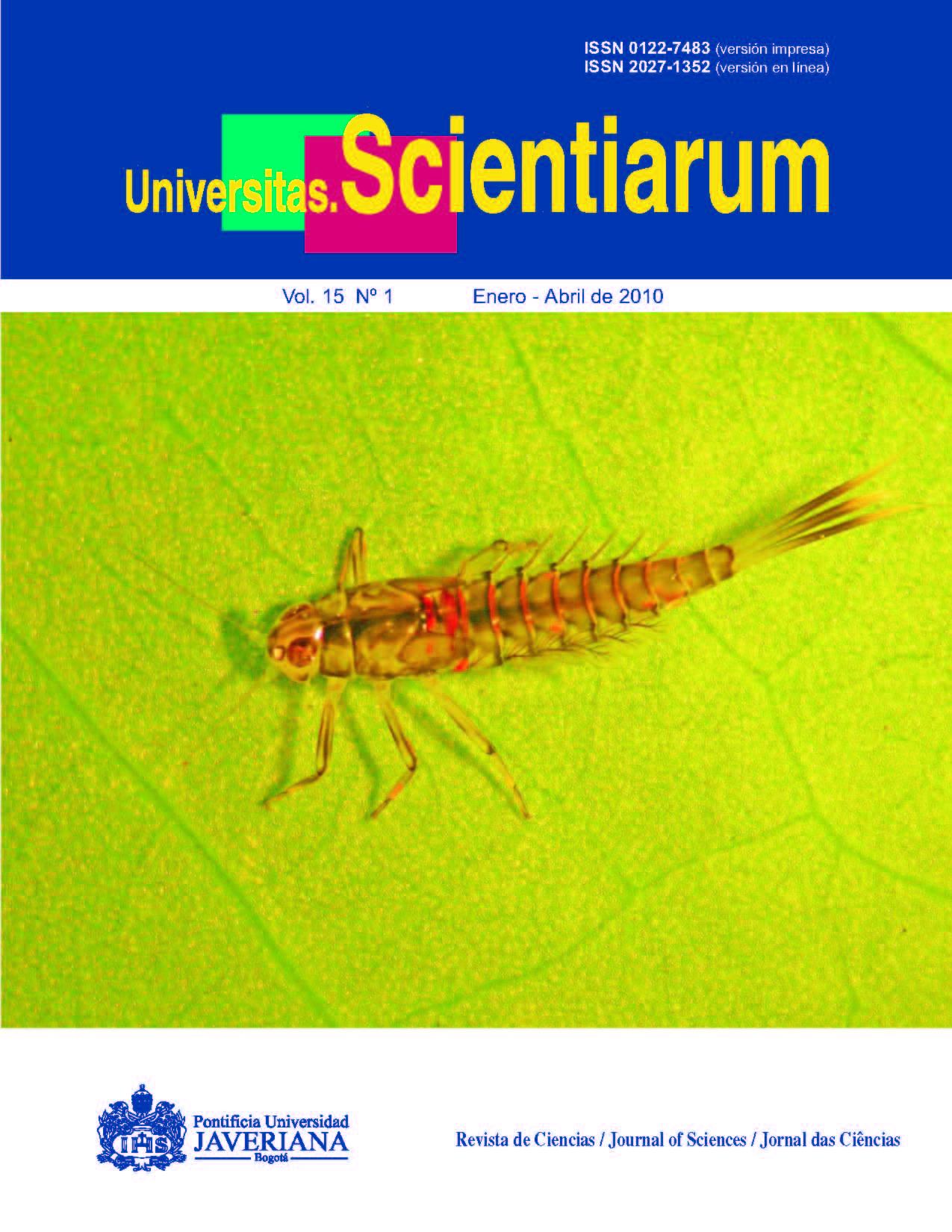Abstract
Objective: To determine the relationship between changes in ecosystems and agrosystems provoked by human intervention and the alpha, beta and gamma diversity of the Diplopoda in the middle basin of the Otún river. Materials and methods: In this research we used a stratified systematic design with seven sampling windows and 16 sampling points. Millipedes were divided into families and morphotypes to calculate the alpha, beta and gamma diversity related to the heterogeneity of land uses. Results: We identified 35 morphotypes from 12 families and five orders. Alpha diversity of Diplopoda revealed significant differences between land uses (P <0.05) and a decrease of richness from preserved areas to transformed areas by human activity. A high number of exclusive morphotypes were found in forest relicts and fallow with low species turnover between them, while the pastures, crop fields and plantations presented similar numbers of morphotypes but the species turnover between them was high (complementarity > 85%) in spite of the low diversity in the land uses, which determined the high contribution of the beta diversity to the gamma diversity of the landscape. Conclusion: The heterogeneity of land uses showed that the changes modify the structure of diversity in Diplopoda with gradients diverging from the preserved ones to the highly transformed ones.
Key words: alpha, beta, gamma diversity, Colombian Andes, soil Diplopoda.
Univ. Sci. is registered under a Creative Commons Attribution 4.0 International Public License. Thus, this work may be reproduced, distributed, and publicly shared in digital format, as long as the names of the authors and Pontificia Universidad Javeriana are acknowledged. Others are allowed to quote, adapt, transform, auto-archive, republish, and create based on this material, for any purpose (even commercial ones), provided the authorship is duly acknowledged, a link to the original work is provided, and it is specified if changes have been made. Pontificia Universidad Javeriana does not hold the rights of published works and the authors are solely responsible for the contents of their works; they keep the moral, intellectual, privacy, and publicity rights. Approving the intervention of the work (review, copy-editing, translation, layout) and the following outreach, are granted through an use license and not through an assignment of rights. This means the journal and Pontificia Universidad Javeriana cannot be held responsible for any ethical malpractice by the authors. As a consequence of the protection granted by the use license, the journal is not required to publish recantations or modify information already published, unless the errata stems from the editorial management process. Publishing contents in this journal does not generate royalties for contributors.



